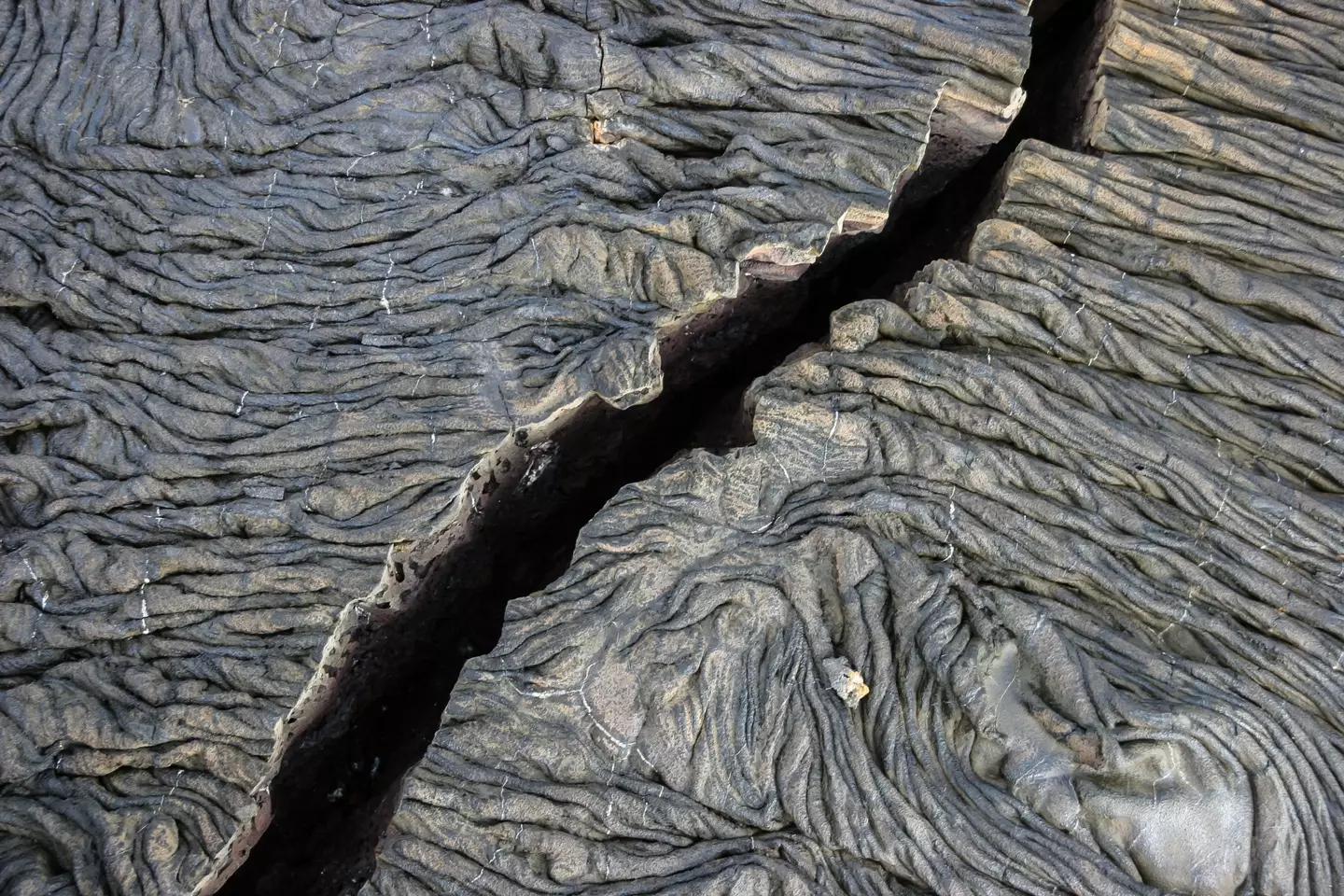Researchers believe they have unraveled a 180-million-year-old mystery beneath the Earth’s surface that could shed light on the enduring presence of the Appalachian Mountains. For years, geologists have speculated that a vast expanse of heated rock beneath North America’s mountain range began to emerge about 80 million years ago.
This area, termed the Northern Appalachian Anomaly (NAA), measures approximately 350 kilometers in width and is located 200 kilometers underground. The prevailing theory among geologists was that the NAA resulted from tectonic activity during the separation of North America from Africa around 180 million years ago. However, this explanation was problematic, given the region’s extended geological inactivity.
Now, a team of scientists from the University of Southampton in the UK, the Helmholtz Centre for Geosciences in Potsdam, Germany, and the University of Florence in Italy, have offered a new perspective.

Their findings indicate that the heat originated much farther north, near the Labrador Sea between Greenland and Canada, and gradually moved southward over millions of years, akin to a slow-moving underground wave. They propose that this thermal zone developed later than previously believed, around 80 million years ago.
Tom Gernon, the study’s lead author and a Professor of Earth Science at the University of Southampton, stated: “This thermal upwelling has long been a puzzling feature of North American geology. It lies beneath part of the continent that’s been tectonically quiet for 180 million years, so the idea it was just a leftover from when the landmass broke apart never quite stacked up.”
“Our research suggests it’s part of a much larger, slow-moving process deep underground that could potentially help explain why mountain ranges like the Appalachians are still standing.”

Gernon elaborates that heat at the base of a continent “can weaken and remove part of its dense root, making the continent lighter and more buoyant, like a hot air balloon rising after dropping its ballast.”
“This would have caused the ancient mountains to be further uplifted over the past few million years,” he added.
To trace the origins of the NAA, scientists employed advanced computer models and seismic data. They tracked it back to around 80 to 90 million years ago, coinciding with the separation of Greenland from Canada and the opening of the Labrador Sea.

During this period, subsidence of subterranean rock allowed hotter material to ascend, forming a warm zone. This process, known as a “mantle drip,” is reminiscent of blobs descending in a lava lamp or a series of falling dominoes, migrating gradually.
The current hot zone beneath New England likely originated far away and has been steadily progressing southwest, moving about 20 kilometers every million years.
If it continues on its path, it might pass beneath New York in roughly 15 million years.
Interestingly, the researchers identified signs of a corresponding hot zone underneath Greenland, suggesting both zones formed during the same ancient continental division.
Today, the anomaly beneath Greenland may even be influencing how the ice sheet above it melts and shifts.
Despite appearances of calmness on the surface, scientists assert that the deep Earth is still responding to the ancient breakup, even millions of years later.

